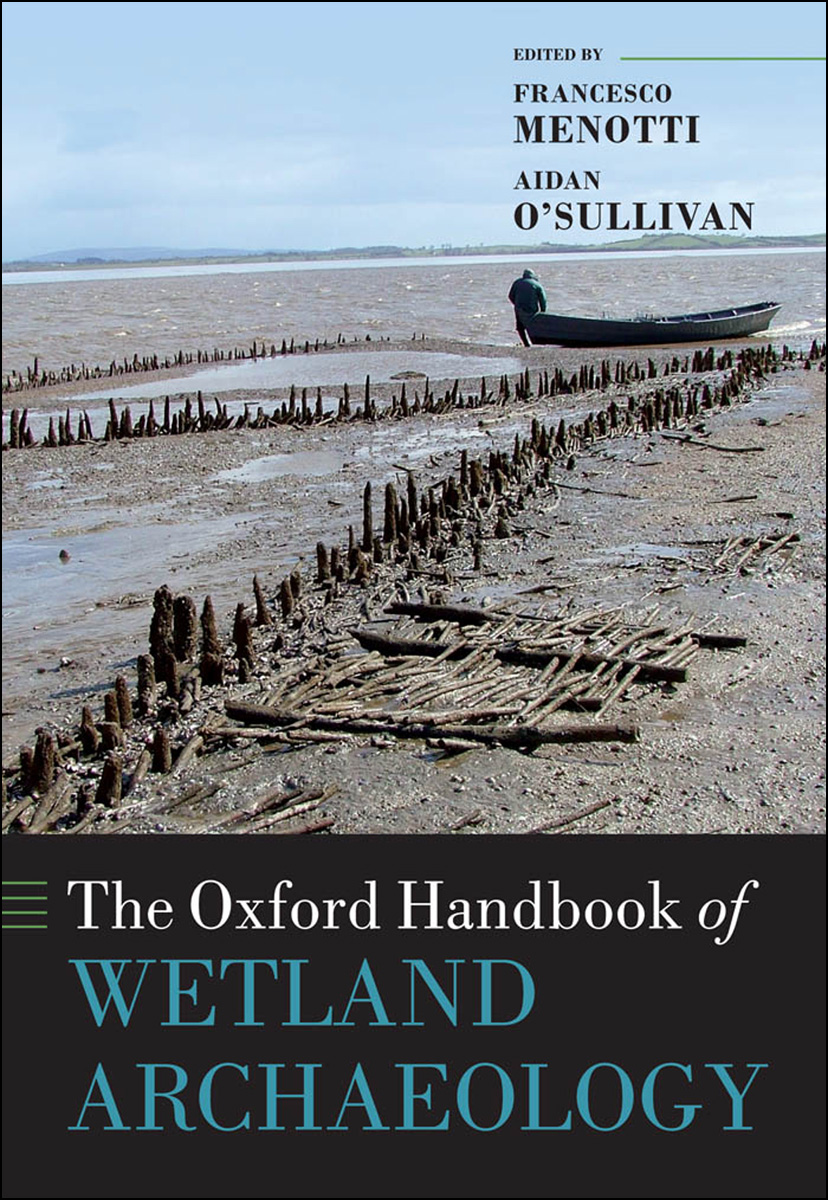

Most ebook files are in PDF format, so you can easily read them using various software such as Foxit Reader or directly on the Google Chrome browser.
Some ebook files are released by publishers in other formats such as .awz, .mobi, .epub, .fb2, etc. You may need to install specific software to read these formats on mobile/PC, such as Calibre.
Please read the tutorial at this link: https://ebookbell.com/faq
We offer FREE conversion to the popular formats you request; however, this may take some time. Therefore, right after payment, please email us, and we will try to provide the service as quickly as possible.
For some exceptional file formats or broken links (if any), please refrain from opening any disputes. Instead, email us first, and we will try to assist within a maximum of 6 hours.
EbookBell Team

0.0
0 reviewsconcept as the watery environments it seeks to explore. What is it?
Is it simply the recognition of the enormous potential of waterlogged,
anaerobic environments and the due application of a range of
multidisciplinary scientific methods and techniques to harvest the
data about the past they can provide? Is it the archaeological and
environmental investigation of past and present wetland landscapes
and wet sites—in coastal marshes, bogs, lakes, and rivers—to
reconstruct their role in local, regional, and national long-term
histories? Or does wetland archaeology simply seek to explore how
people in the past interacted with the wetlands, revealing how
societies and cultures make their own worlds through their social,
ideological, economic, and above all material engagement with
dynamic, ever-changing, and bountiful environments? It is in a sense
all of these things and more. Because there is no doubt that wetland
archaeology, despite the criticisms that might be made of it, has
been responsible for some of the most spectacular archaeological
discoveries in the world. It also provides us with the potential to tell
more nuanced stories about the past—creating both an opportunity
and a challenge for this fascinating branch of archaeology.
---